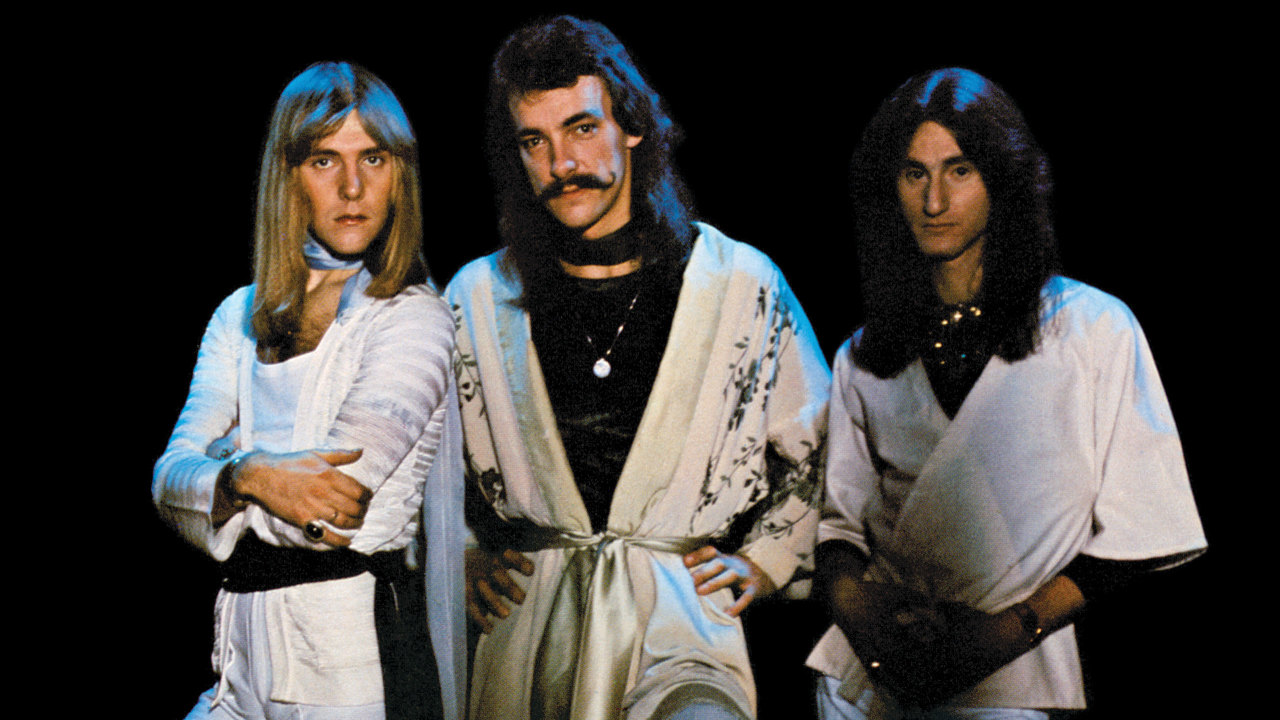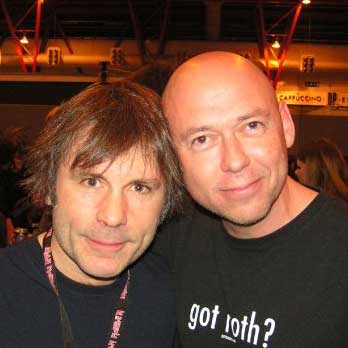Rush may be no more, but their legacy endures. And no one is prouder of what they've left behind than singer and bassist Geddy Lee, the man who co-founded the band in Toronto in 1968.
Lee sat down with Prog magazine to look back on 10 of their greatest albums, from their Zeppelin-indebted self-titled debut to 2012s' swansong Clockwork Angels. It's been a emotional journey, with highs and lows, and he takes a deep breath before he starts…

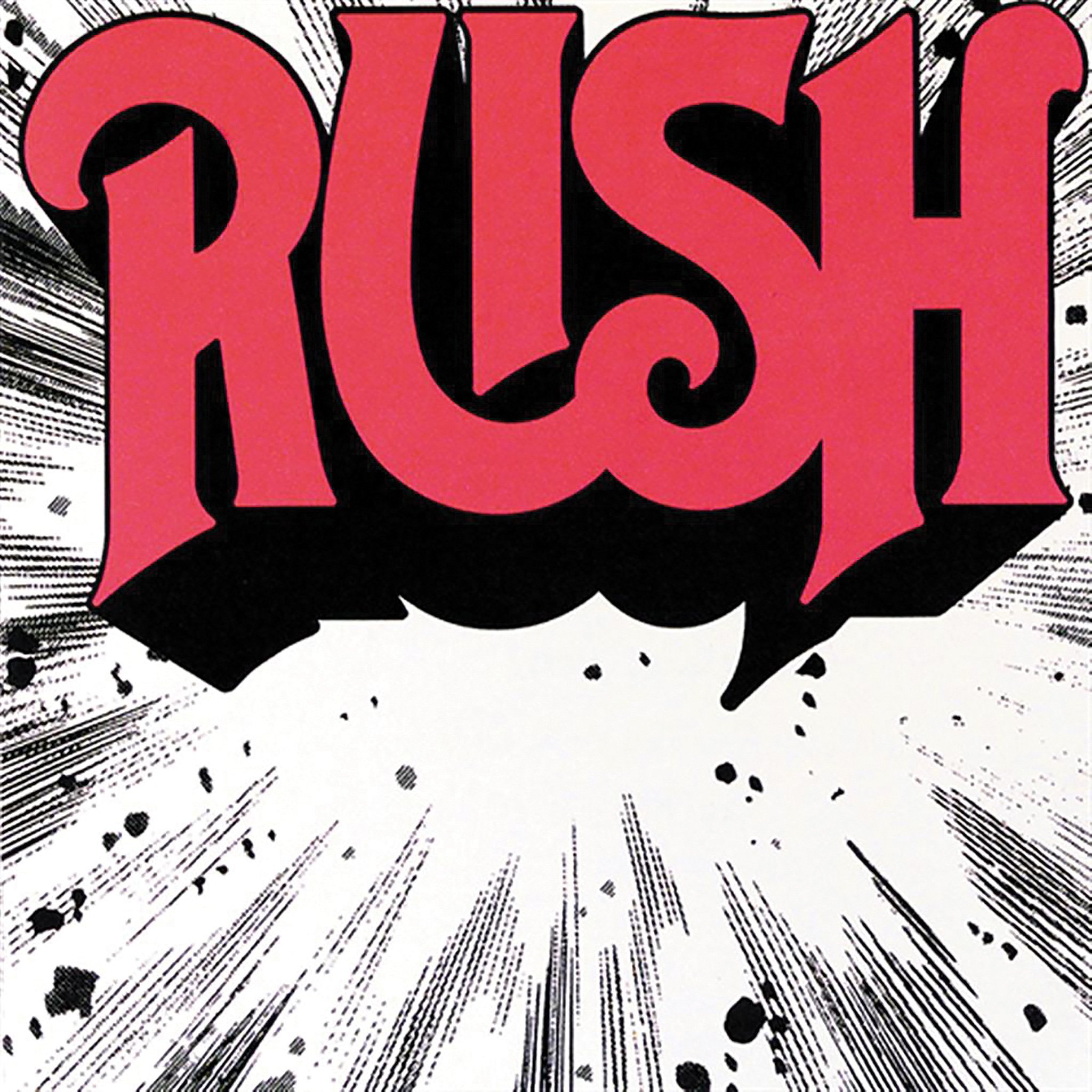
Rush (1974)
The debut album, and the only Rush record to feature the line‑up of Alex Lifeson (guitar), Geddy Lee (bass/vocals) and John Rutsey (drums).
Geddy Lee: “This was us trying to find a sound, thinking we wanted to be a hard rock band and emulating those bands we thought were cool. I can hear Led Zeppelin in there, and a bit of Humble Pie. I wish I could hear more than just those influences, but I can’t. John Rutsey was very much a Simon Kirke kind of drummer – just hold down the backbeat and let’s rock out. So that’s how the songs came out.
“We recorded the album with a producer named David Stock, but it sounded so shitty we had to redo it with Terry Brown, who became our regular producer. With the second version we added a few more songs, and one of those was Finding My Way, which ended up being one of the most important tracks on the album – a real rocker.
“And the song that really got us noticed was Working Man. There was still radio in America at that time that wasn’t overly programmed, and DJs had the licence to play longer tracks. Working Man was seven minutes long, and the airplay it got led to us signing with Mercury Records. That one song had an incredible impact.”

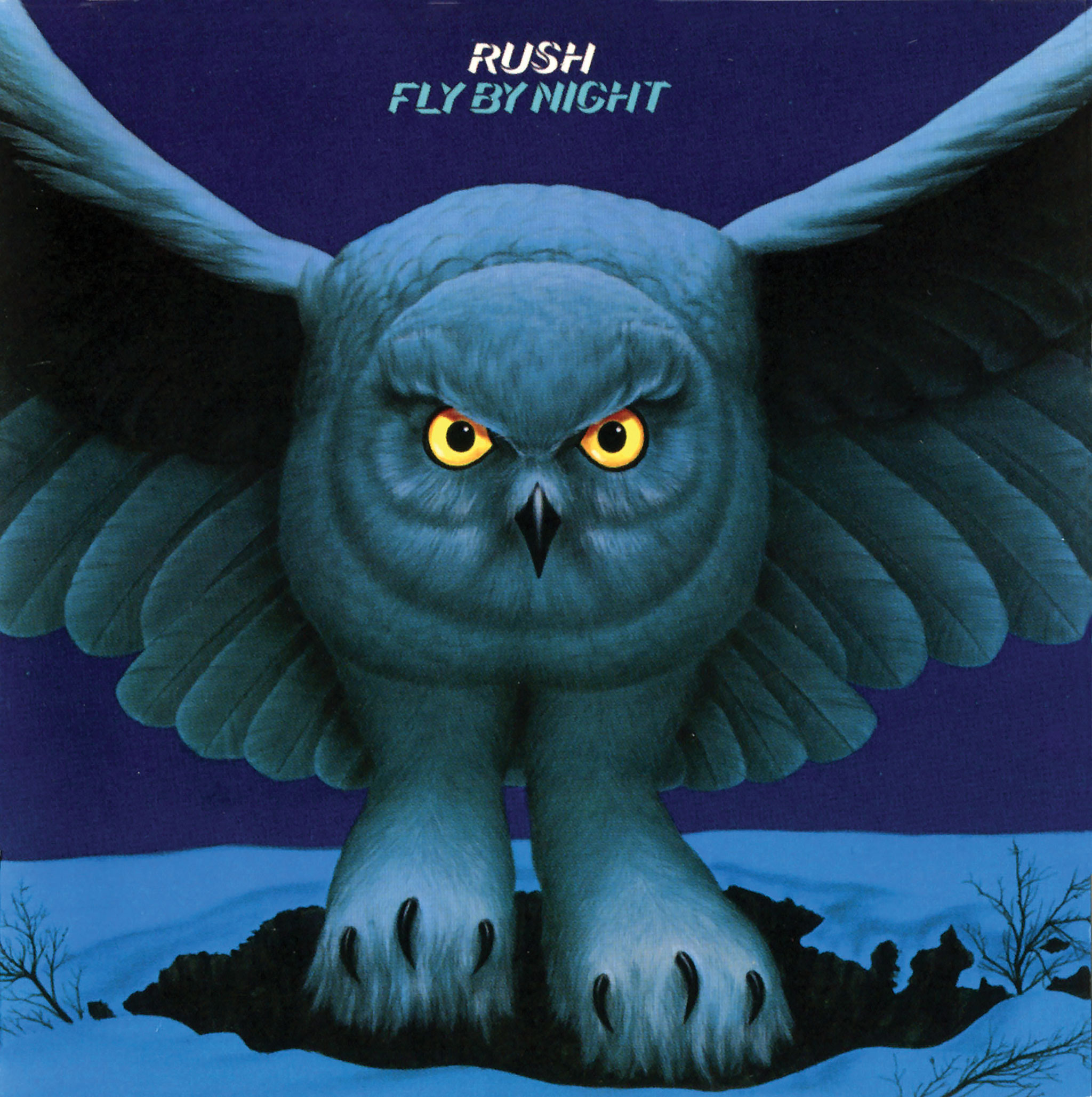
Fly By Night (1975)
On the second album, Rutsey was out and Neil Peart was in, as drummer and lyricist. Also in for the record was a more progressive rock style.
Geddy Lee: “We had one song written before Neil joined – Anthem. It was more adventurous than anything on the first album, played in an odd time signature. It was the kind of song that convinced John that maybe this wasn’t for him. So, a turning point for the band.
“It wasn’t Neil’s idea to write lyrics. It was always Alex and I pushing him to try it because we really didn’t want to do it. But it worked out pretty well for us.
“Beneath, Between & Behind was a defining moment on Fly By Night. That was one of the first lyrics Neil wrote for the band. May have been the first lyric he wrote, period. It was very wordy, really hard to sing, but Alex and I put this feverish track behind that lyric and it was great.
“By-Tor & The Snow Dog was our first real epic song. People hated that title: ‘Oh my God, how pretentious!’ But it was named after two dogs our manager had. It was very tongue-in-cheek. And so, in a strange way, a key Rush song began as a comedy.”

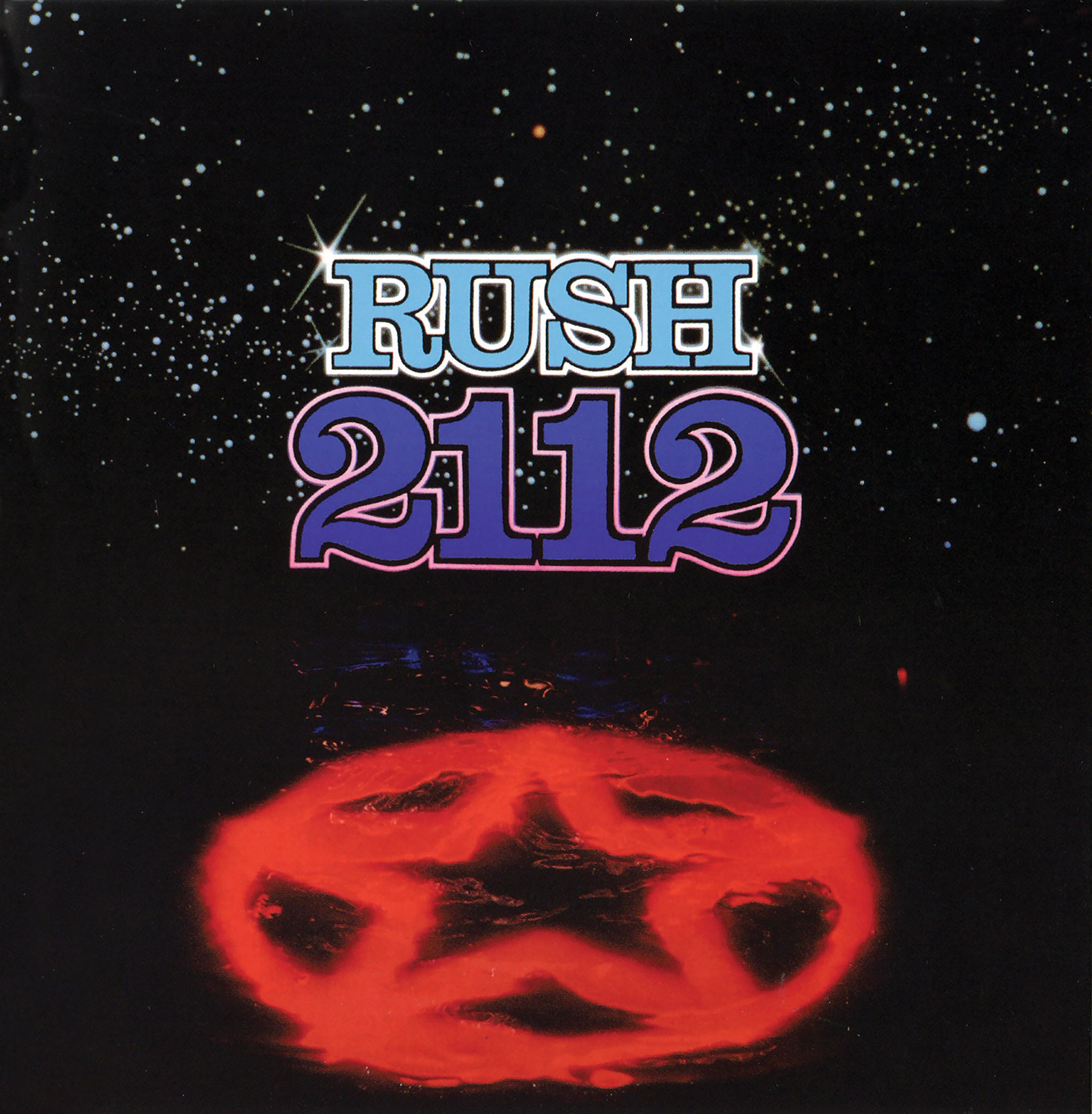
2112 (1976)
The career-saving masterpiece, defined by its controversial 20-minute existentialist sci-fi title track.
Geddy Lee: “Our third album, Caress Of Steel (1975), just didn’t connect with people. It was so experimental, with our first venture into a side-long story, The Fountain Of Lamneth. It was all too obscure. Caress Of Steel did not do well, and the record company was not pleased with us. So we were pretty much teetering on the edge of oblivion at that point.
“The last thing we expected was that 2112 was going to be received well because the title track was another side-long piece. But there was something about the sound of 2112 that had a much more definitive and consolidated vibe to it.
“The story in 2112 was very anti-authoritarian. It was all about freedom – creative freedom and individual freedom – so I was shocked when the NME called us neo-fascists. That’s so far off the truth. It’s crazy.
“But in the end, that album really saved our bacon. It brought us a lot of new fans. And side two really rounds out that record. A Passage To Bangkok, Something For Nothing, The Twilight Zone – they’re just good rock songs. And that became a hallmark for us, to have that kind of diversity on every album.”

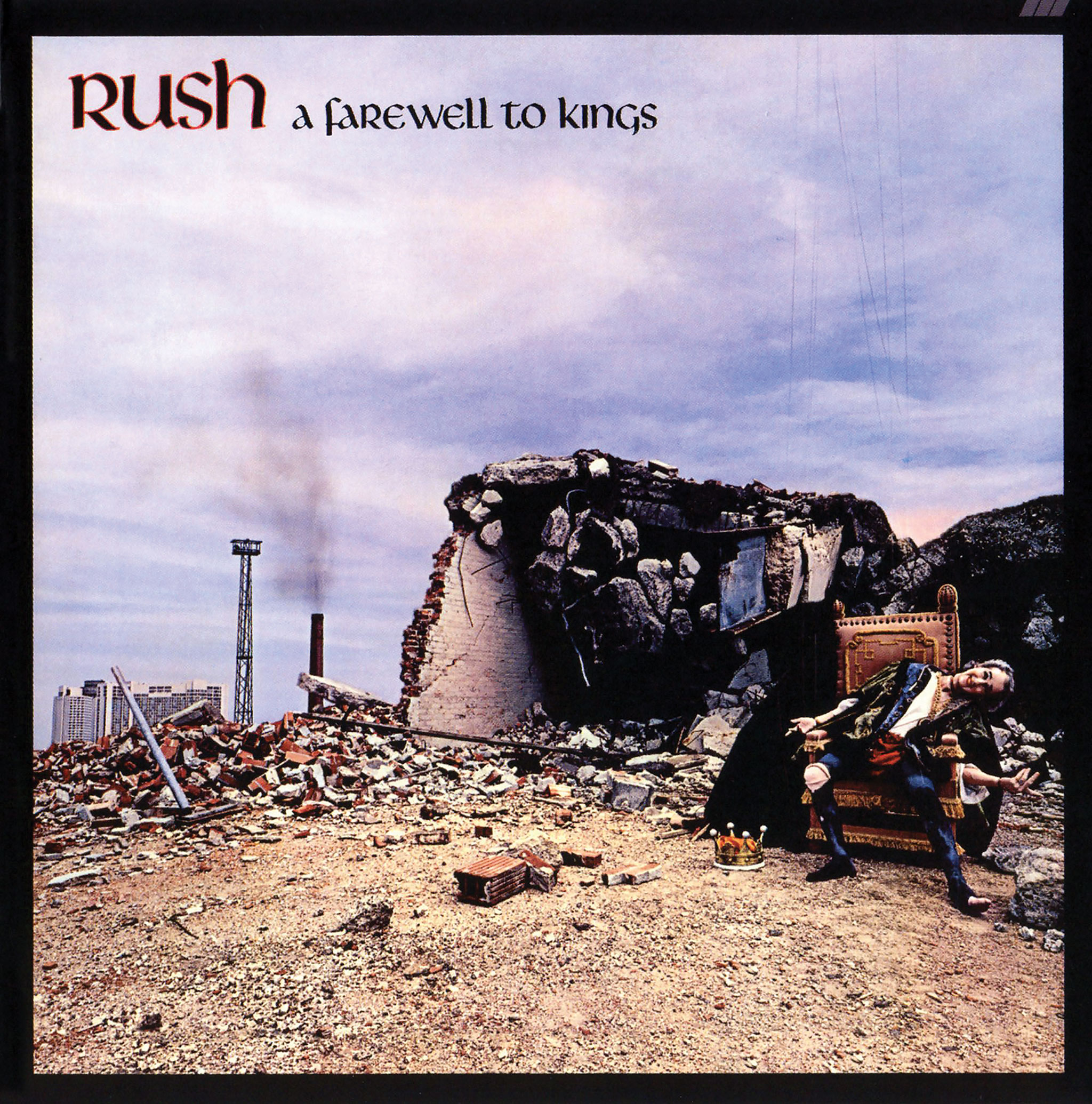
A Farewell To Kings (1977)
Totally impervious to fashion and trends, this was a prog colossus created in the year that punk broke. Xanadu, Cygnus X-1, twittering birdsong: it’s all here.
Geddy Lee: “It was a dream for us to make an album in Britain. So much of the music we were influenced by when we were growing up was British blues rock and British prog rock. In 1977 we’d just done our first UK tour, and so with Terry Brown being a Brit living in Toronto, I said, ‘Why don’t we work over there?’ That’s how we ended up at Rockfield Studios in Wales.
“We were so unworldly, so it was a big adventure to record in the Welsh countryside. It felt very foreign, especially the first couple of weeks, waking up with the sound of sheep baaing outside your window. But we loved recording there, going outside into the courtyard to get those ambient sounds you hear on Xanadu and A Farewell To Kings – the natural echo off the stone walls, and the birds tweeting at sunrise.
“Xanadu was one take – 11 minutes, straight through. As long as we were prepared, we could do that sort of thing. And Cygnus X-1 was a real head-first dive into outer space – a whole different kind of trip.”

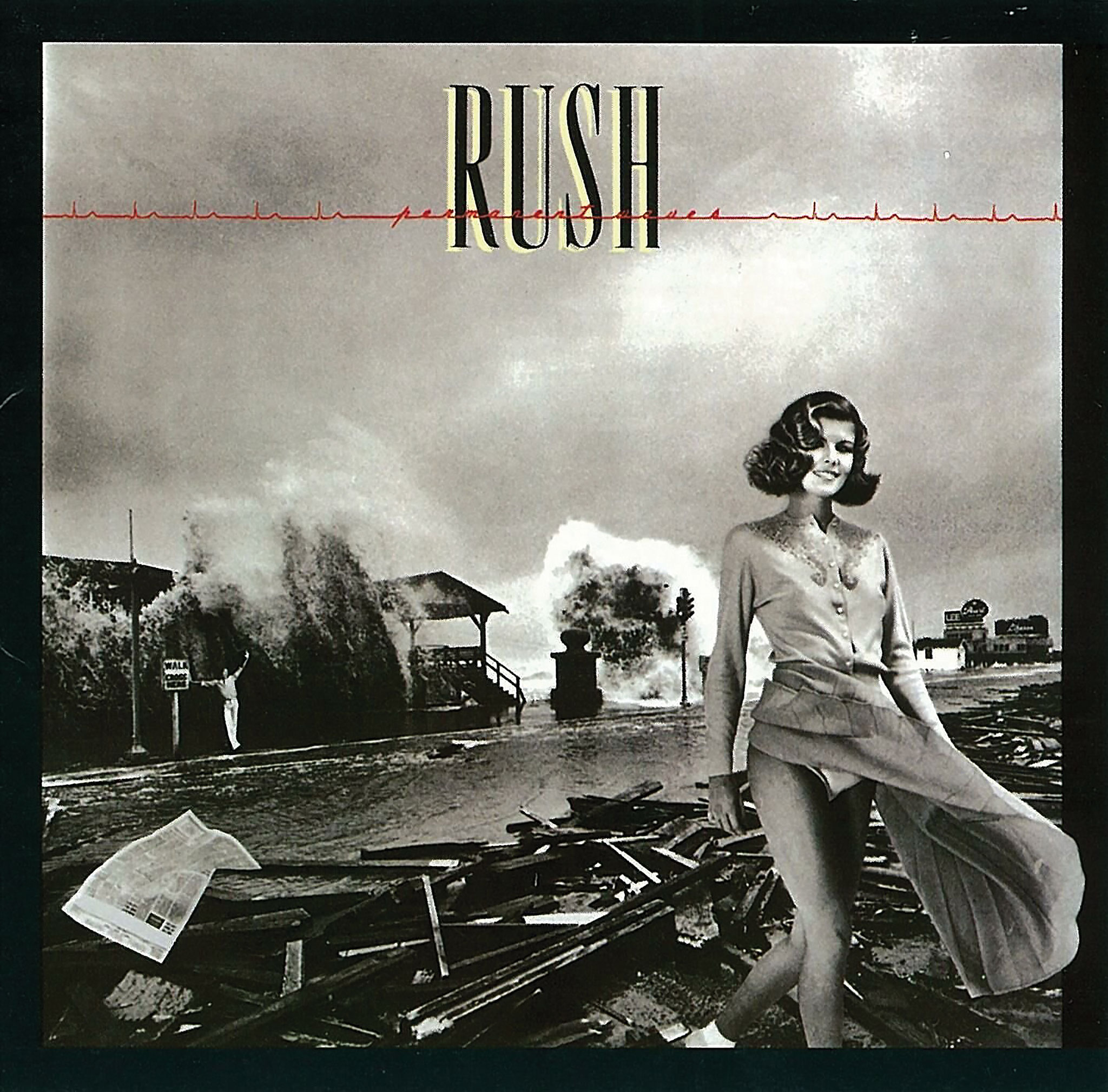
Permanent Waves (1980)
After 1978’s weighty and complex Hemispheres, Rush entered a new decade with a whole new sound, complete with hit single The Spirit Of Radio.
Geddy Lee: “We felt that really we were starting to become rather formulaic with Hemispheres, and that was frightening for us. That album’s title track (Cygnus X-1 Book II: Hemispheres) was like 2112, almost 20 minutes long, and we didn’t want to just keep repeating ourselves.
“With Permanent Waves we wanted more immediacy in our music, just in terms of the excitement level – a different kind of energy. We still had long songs like Natural Science, which is one of my favourite songs in our entire history. But the album was really about condensing our music and trying to be better songwriters.
“The Spirit Of Radio set the tone for the whole record. It was so upbeat and so fresh. The song is about the commercialisation of music and how radio was changing. Alex’s riff was supposed to represent the movement of radio waves. And the way the song jumps around, through different styles and time signatures, that was meant to sound like you were turning a dial and changing through the channels.
“The album did push us off on to a whole new period, and it felt very natural.”

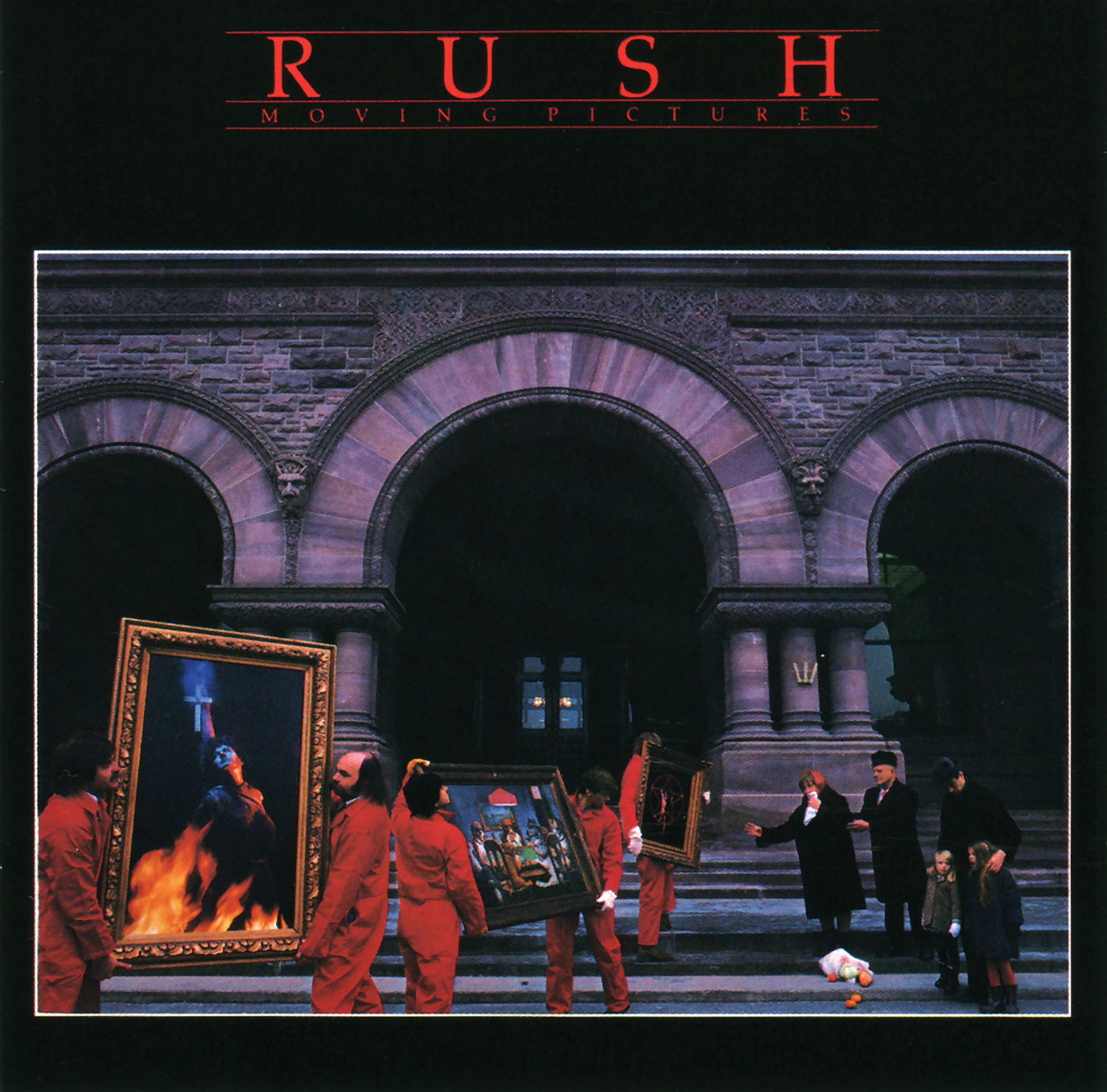
Moving Pictures (1981)
The biggest and best Rush album, featuring classic songs Tom Sawyer, Limelight, Red Barchetta and YYZ. But it was hard work getting it right…
Geddy Lee: “Moving Pictures was such a huge record for us. That level of success was like nothing we had ever experienced before. But we had a lot of ‘moments’ with that record – it was a tough one to finish.
“Two songs came together pretty smoothly: Limelight and Red Barchetta, which was such a great thing to play live, off the floor. Tom Sawyer was the opposite, a late bloomer. We had so much trouble getting the guitar solos down, and balancing the bottom end. But after a lot of struggling, we nailed it and it was so powerful. We were going, ‘Shit, where did that come from?’
“We had such fun with Witch Hunt [part three of ‘Fear’]. Although it was a dark song, it involved some stupid stuff. Recording the mob shouts, the three of us went out into the studio parking lot in the freezing cold of winter. But on the night we mixed that song, we got the news that John Lennon had been shot. We were all so shocked, so sad. That’s something I will never forget.”

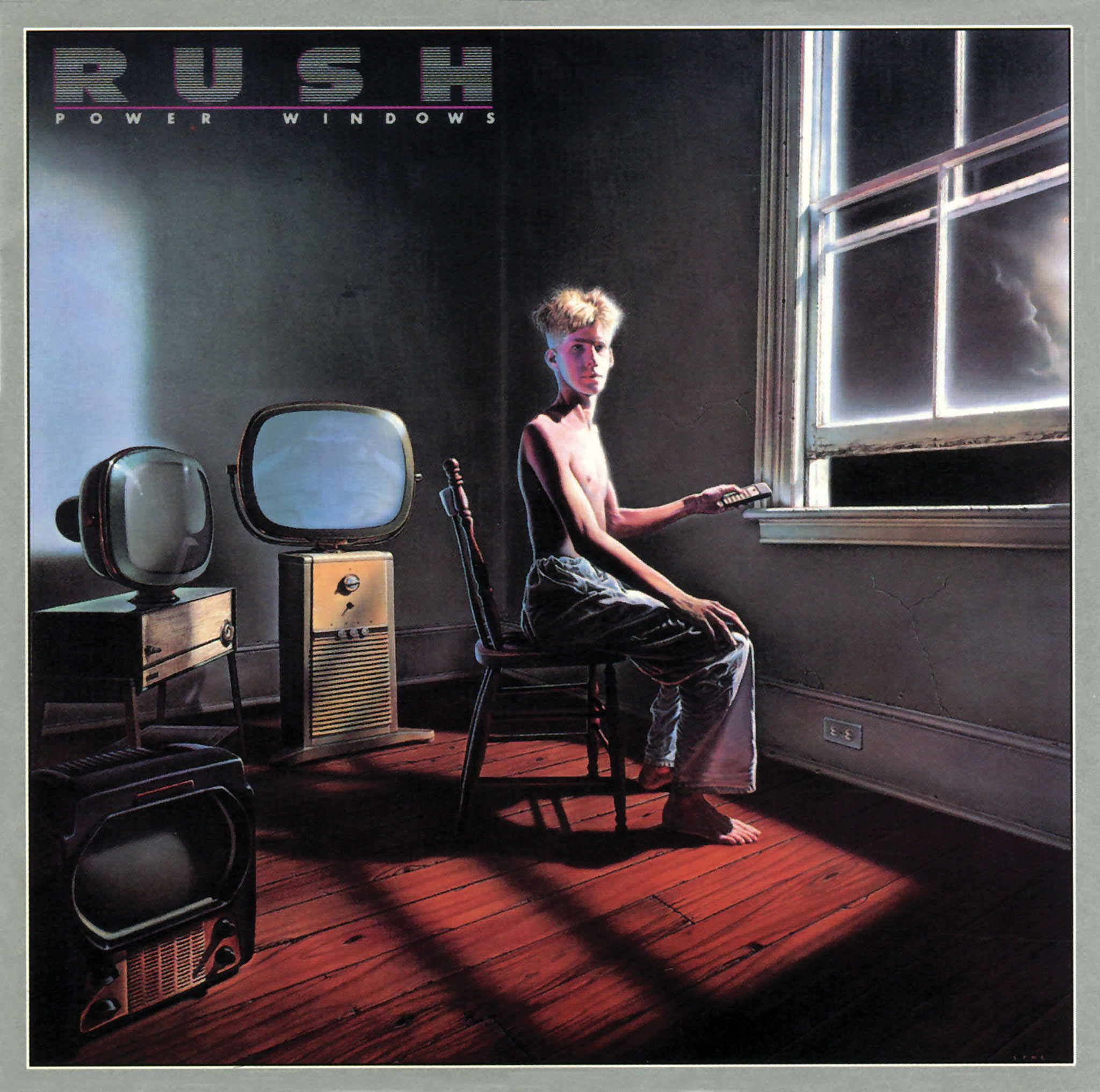
Power Windows (1985)
On a brilliant album, dominated by keyboards, a disgruntled guitar player took one for the team.
Geddy Lee: “We had this period in the 80s – the keyboard era. It started with Signals (1982) and went up to Hold Your Fire (1987). I think that Power Windows is the best from that period. I love the quality of the sound. But for Alex it was a frustrating record to make. And I didn’t really know how painful it was for him until after the record was finished.
“I was playing keyboards, and we also brought in Andy Richards, a well-respected synth guy. So we were covering the tracks with sound, and then Alex had to sort of fight his way in. He didn’t freak out – that’s not his style. He’s a real team guy, so he went with the flow. It was only when the record was done that he expressed his frustration.
“Of course, looking back I can totally understand it. But overall, there’s a good balance between guitar songs like The Big Money and keyboard songs like Middletown Dreams, a beautiful song. And with Mystic Rhythms, the whole thing hangs around the guitar riff. Really, Alex played some great stuff on Power Windows. It’s evident throughout that record.”

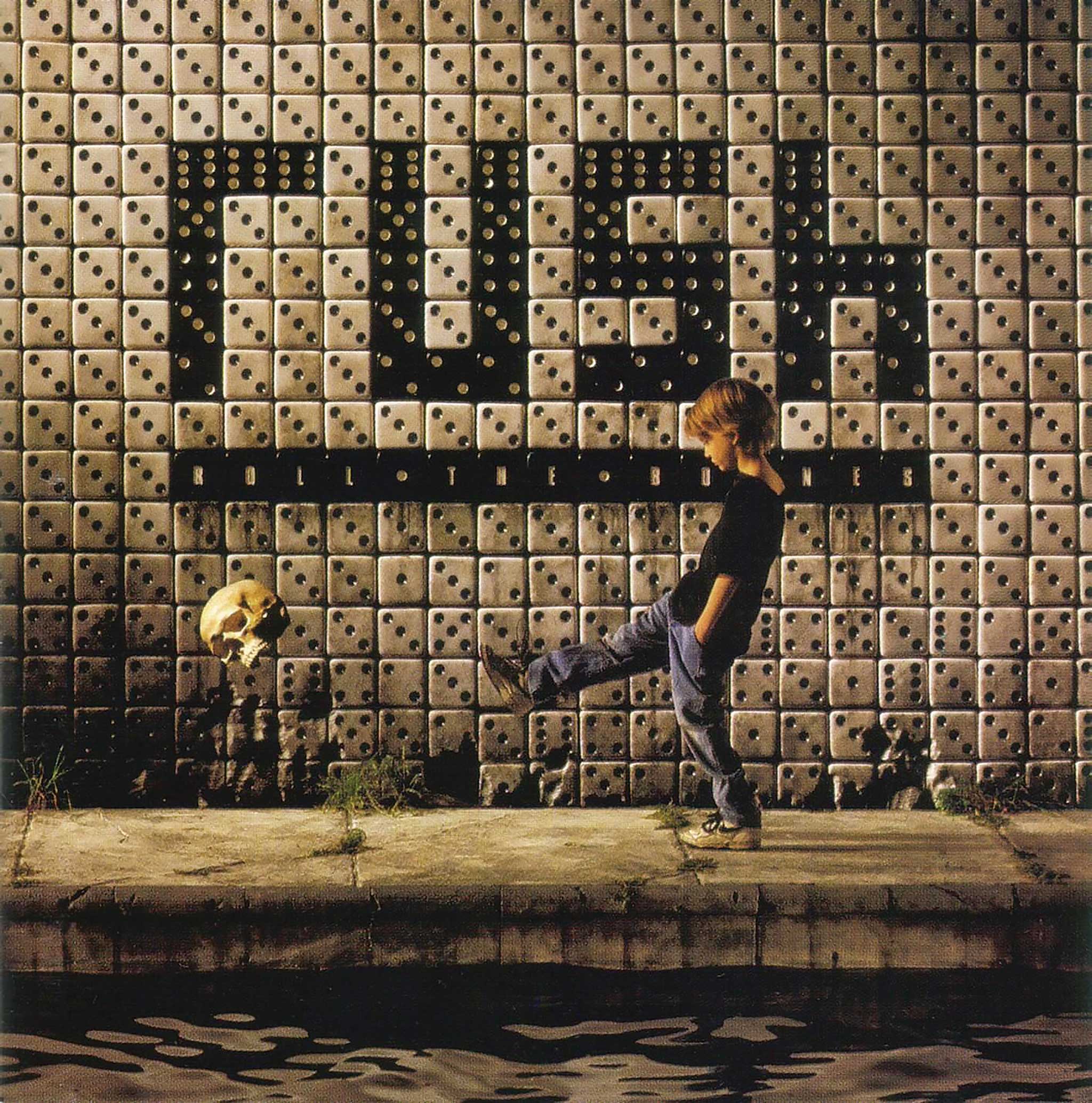
Roll The Bones (1991)
More guitar, and great songs: the key factors in the band’s finest album of the early 90s.
Geddy Lee: “There were some good songs on Presto (1989). The Pass is absolutely one of the best things we’ve ever written. But the songwriting was so much stronger on Roll The Bones.
“It was definitely more of a guitar-oriented record. We back‑pedalled a little on keyboards. They were still there, but not in that histrionic way that they’re present in Presto and the previous_ records, Power Windows and Hold Your Fire_.
“To me, in retrospect, the production on Roll The Bones lets it down a little bit. It could have sounded bigger and bolder. But I think what really makes the record is the quality of the songs. Bravado is such a well-written song. The same goes for Dreamline, and Ghost Of A Chance – I love that one.
“That whole album represents a real maturation point for us as songwriters. And the title track has really grown over time. We played it on the last tour, in 2015, and it had a different, more profound vibe. It has a deeper kind of resonance now, and I really could feel that in the way the audience reacted to it.”

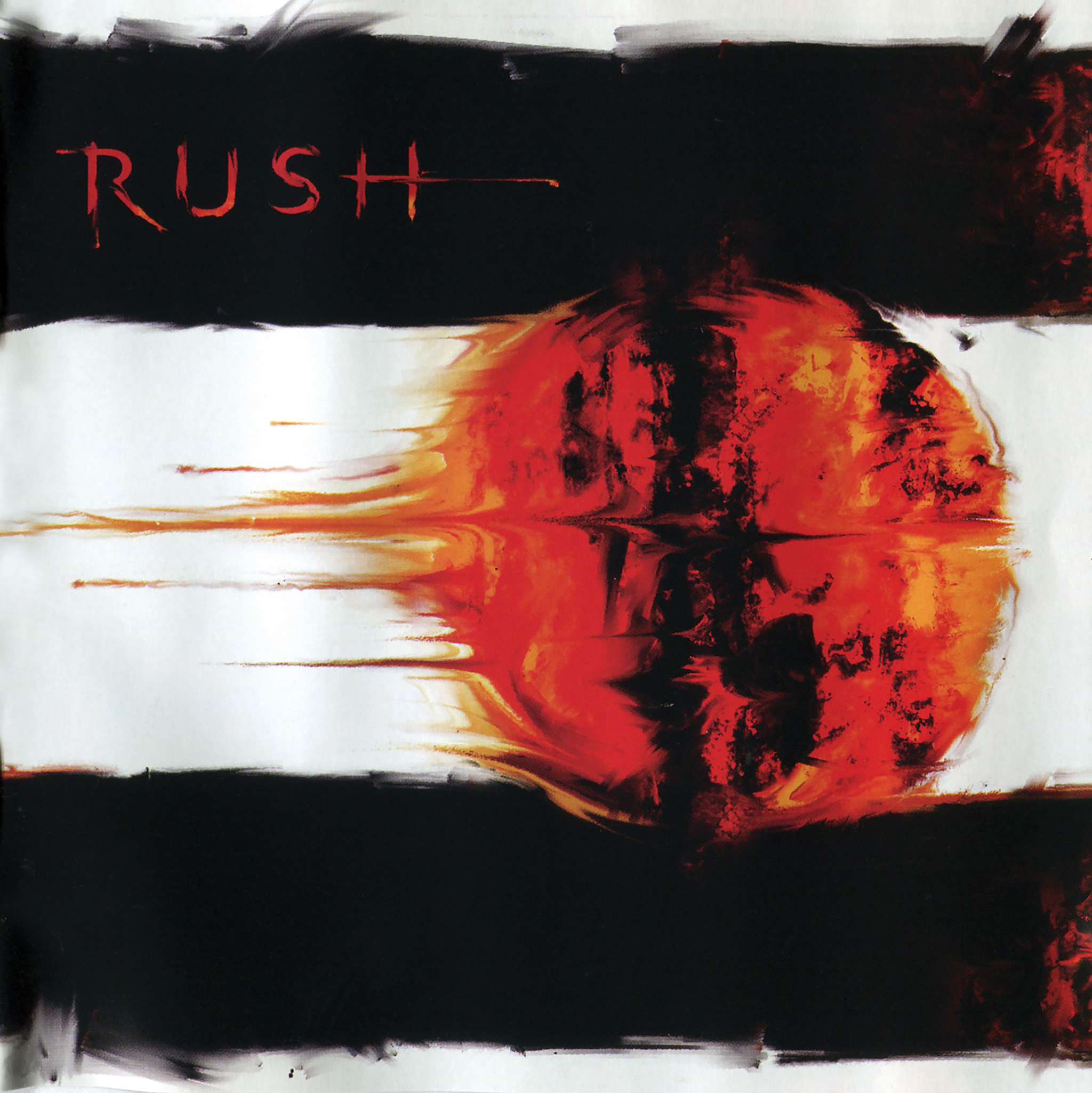
Vapor Trails (2002)
The comeback album. In 1998, following the deaths of Neil Peart’s wife and daughter, he told Lee and Lifeson to consider him retired. Five years later, he and Rush returned.
Geddy Lee: “Without question, Vapor Trails was the most difficult record we’ve ever made. I never actually thought we would get back together and make another record. And it was hard – a very emotional time.
“We had to rediscover how to work together, and we had to be constantly considerate of Neil’s situation. His confidence had to come back slowly. We had to give him his space and at the same time, encourage him.
“The writing process was very insecure, I would say. And with regard to Neil’s lyrics, it was a sensitive issue. Ghost Rider and the title track, those lyrics were very personal to Neil. We were trying to find a balance of allowing Neil to express what he’d been through, but pushing it to a more universal level so it became a valid statement about life, as opposed to just about one person’s life.
“So much raw emotion went into Vapor Trails, and it was a raw‑sounding record. But we got through it. That was really all that mattered.”

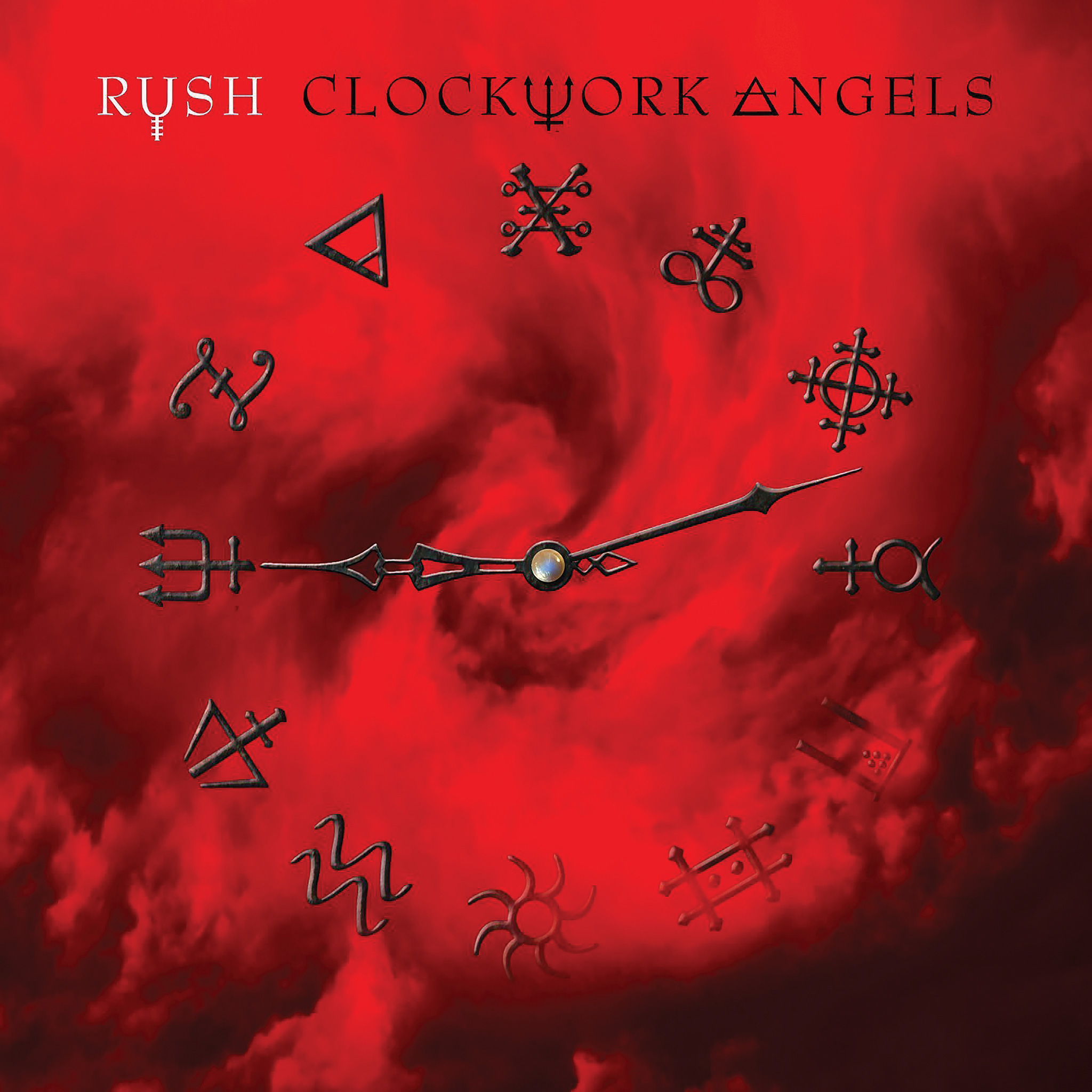
Clockwork Angels (2012)
The late-career classic. The band’s 19th studio recording proper was what every Rush fan had long dreamed of – a full‑blown concept album.
Geddy Lee: “It never entered our minds that this might be our last album – we were just so excited to be doing an overt concept record again. But we were careful not to make it too overly proggy. We wanted to keep it modern: very diverse, full of music and strong melodies, but something that still rocked out.
“The story that Neil wrote for Clockwork Angels is wonderful. Essentially, it’s a story about naivety – a young man going out into the world, as we all do. He’s duped and bamboozled, but finally he comes to the realisation that regardless of all the foolish things he’s done in his life, he’d do it all again, and it was worth it.
“We didn’t want the music to be a slave to the story. We wanted the songs to be seamlessly connected to each other, but also for every song to have its own life outside of the concept. That was the hardest thing. But in the end we pulled it off. It’s one of the best pieces of music we’ve ever put together.”

